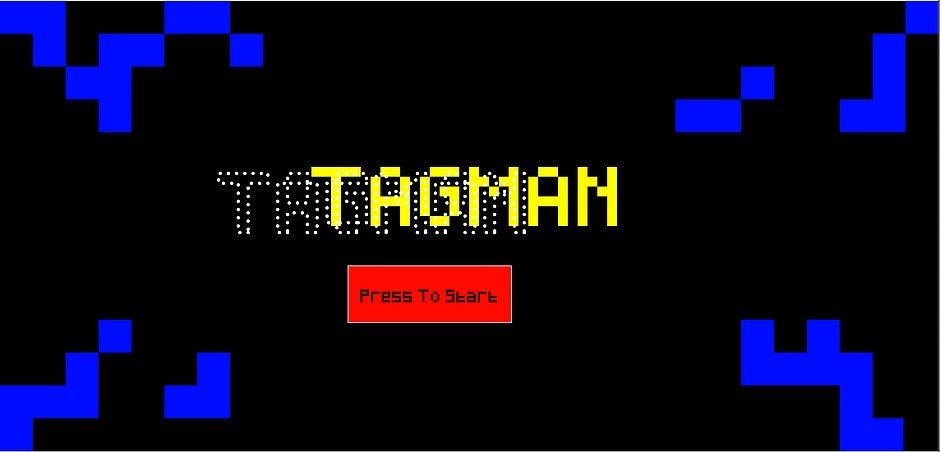Week 1: Thoughts on Readings
- sal5014
- Sep 10, 2019
- 3 min read
For this week we had to read "A Brief Rant on the Future of Interaction Design" (BRFID) and the first two chapters of "The Art of Interactive Design" (AID).
First, let me discuss (BRFID): I really like (and agree) with the author's opinion on the matter. I don't think that this person hates or even dislikes technology and screens, I believe that they merely think that they are insufficient for what it COULD be. I completely agree that screens don't push the limits to reach ALL of our senses to make complete and rounded experiences.
It is very likely (almost 100%) that we are heading to a future very much like the one in the movie Wall-E, where machines feed us and very much control everything else we do. We have invalidated our bodies and now do everything through a screen and/or sitting down. We work at desks, we transport in cars, we communicate with phones, computers and tablets. Everything we do in the name of "saving time" and doing things faster, completely invalidating our body, it's need for movement, and the rest of our senses that make life such a rich experience.
I like the idea of making the future of technology be focused on physical objects that are only complimented by digital technology. It's a way of having technology be a part of your life without having to live life constantly through it.
ON AID:
I agree that the term "interactivity" is thrown around a lot and we don't really know what it means. Finding out the true meaning of the term can be really helpful in pushing "interactive design" to be more successful, because if you can't just call anything "interactive" then you have to push for what interactive really means and not just be content with what you think it means.
I also like the idea of "interactivity" as a balance in the sense that if it's not a "yes or no" scenario we can kind of see the process of technology evolving into it and see it as a process and not necessarily a case of "not existing in one second and the next it's there".
I do agree that personal computers have made machine interactivity better but not necessarily complete, because we're still trying to communicate human need and emotions to a machine that doesn't really understand it (breaking the cycle) and that ignores the space around itself and the person interacting with it.
CLASS PROJECT:
I really enjoyed the class project and the thought process behind breaking what we thought was "interactive" and actually thinking about the cycle of "input, process and output". My group and I reverse engineered the product in the sense that we scavenged for materials first and then thought about what we could do with that and how to make it work. It presented the same challenges that any other reverse-engineering project presents (how to work with things that someone else has created and incorporate them into something new).
We created a "Happy Machine" that measures body temperature and detects when you are sad or angry, after it lowers itself to a pre-determined height and expels bubbles, which of course make people happy always. Maybe because of nostalgia of our childhoods or just because they're pretty.
At first we were thinking of using the fan for its intended purpose (to cool) but I'm a lot happier with the less obvious implementation of a bubble machine and the fact that our input and output were emotions (sadness/anger and hapiness) because it shows the human aspect of product use.



Your team improvised the bubble machine so nicely. Hope you can keep that joyful spirit throughout your time at ITP! And yes the free store (even though I like the old name "junk shelf" more) is all about reverse-engineering, it'll become more and more populated as the time goes by. It's also fun to dismantle junks and find cool electronic/mechanical parts.
yeseul